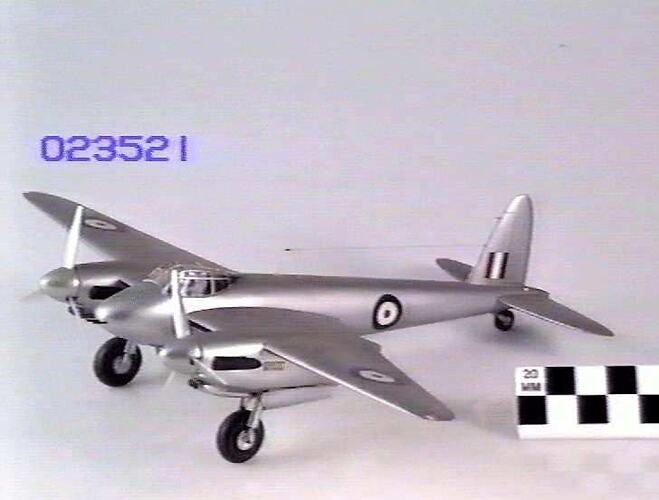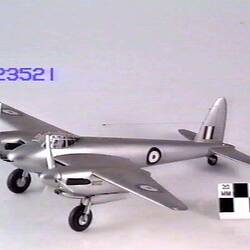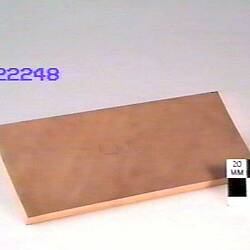Prior to 1939, the De Havilland Aircraft Company in the UK had established its expertise in the field of wooden aircraft construction. A particular example was the 1936 DH91 Albatross, which was a streamlined, four engine airliner, built almost entirely of wood. Its 'sandwich' fuselage construction consisted of balsa between two layers of plywood. This provided strength and saved weight, something every aircraft designer strives to achieve. Fabric was doped on the outer skin for weather proofing. The company's proposal for a very fast, two-seat, unarmed light bomber utilising similar construction principles made some individuals in the British Air Ministry nervous but the commitment of other officials saw the design steered through to prototype stage. Due to the threat of German bombing and lack of space at the Hatfield works, development and construction of the prototype Mosquito took place at Salisbury Hall. Its first flight occurred on 25 November 1940. From 1941, the Mosquito became the first multi-role combat aircraft and served as a bomber, fighter, night-fighter, photo-reconnaissance machine and fighter-bomber/strike aircraft.
Many Australians served with RAF Mosquito squadrons in Europe. Two RAAF squadrons (456 & 464) also flew the Mosquito from bases in the UK. In March 1942, the Mosquito was approved by the Australian War Cabinet for local production at Bankstown, NSW by De Havilland Australia. There were some concerns about the supply of parts, suitability of local timbers and the effect of a hot, dry climate on woods and glued joints. Production was delayed by shortages of skilled labour, something the parent company did not suffer from as there was excess capacity in the UK furniture and woodworking trades. The first Australian FB.40 Mosquito was not delivered to the RAAF until March 1944. A series of fatal crashes in 1944 brought production to a halt as faulty wing construction by the sub-contractor General Motors-Holden Ltd at Pagewood, NSW was identified as the cause. Fuselages were made at the Beale piano factory in Sydney. About 100 Mosquitoes had been produced by the time the war against Japan ended in August 1945. By this time the RAAF had received FB.VI, PR.XVI and T.III Mosquitoes from the UK. The RAAF used the Mosquito mostly in the photo-reconnaissance role with 87 Squadron based at Coolmalie Creek in the Northern Territory. A small number of locally-built PR.40 aircraft flown by 87 Squadron were the only Australian-built Mosquitoes used on operations along with UK-built PR.XVI's used by the Squadron. Mosquito FB.VI fighter-bomber operations were begun by 1 Squadron at Labuan, Borneo shortly before the end of hostilities.
The Mosquito remained in production for the RAAF after 1945 but at a slower rate and eventually 212 were built. The final model to be produced in Australia was the PR.41 using two-speed, two-stage supercharged Merlin 69 engines. The 27 PR.41 machines were rebuilt from FB.40 aircraft and the last was delivered to the RAAF in July 1948.
More Information
-
Keywords
-
Localities
-
Authors
-
Article types




